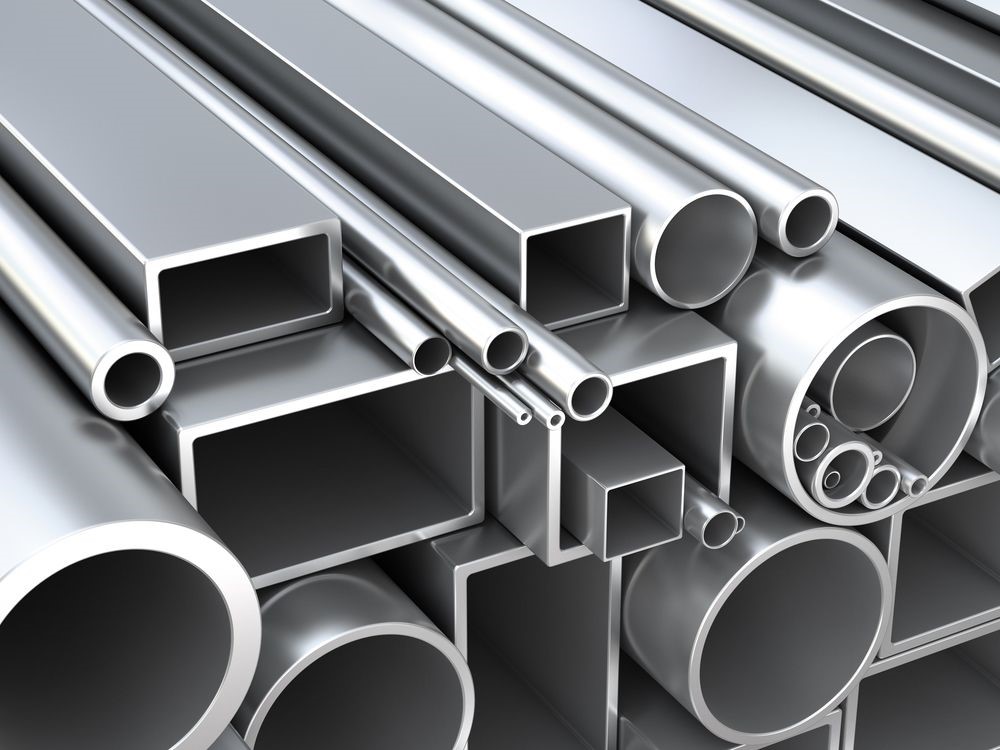Many industries make use of structural tubing as an alternative to solid steel. Because of its wide use, when you look around, you’ll see different types of metal tubing in buildings, houses, and architectural design, among others. Structural metal tubing come in a wide variety of shapes and material types, too. This makes them suitable for diverse applications ranging from shopping carts to truck bumpers.
Material
Steel is the most commonly used material for structural tubing. Hot rolled metal coils are used to create shapes necessary for structural pipes. First, they are cut to size and then folded depending to the required shape. Then, manufacturers will weld the two sides to form a tube. Such tubing are known for strength and durability.
Aside from steel, other materials can also be used to make structural tubing. Among these are aluminum, brass, carbon, and alloy. Each material has its own qualities. For instance, aluminum and carbon are best for projects that require lightweight strength while alloys are for those that need high resistance to elements. For plumbing, brass is the best choice because of its resistance to corrosion.
Shape
Structural tubing comes in various shapes as well. Circular or tubular offers ease of use because its rounded edges can be bent and worked on without much difficulty. Sizes can be as small as a chopstick or as large as a drainage pipe, whose structure gives the same strength of solid steel without putting weighing as much.
Square metal tubing is another option. Along with rectangular tubes, flat-sided square tubing is often used for building and vehicle framework because of their strength. Also, the flat sides make it easy for holes to be drilled and bolts to be used to attach other parts with ease.
Coating
Chemical coating is applied to structural tubing to enhance durability, extending their lifespan. Phosphorous, sulfur, carbon, and manganese are among the chemicals used for coating since they have the ability to prevent oxidation. Coating also helps strengthen the metal against prolonged exposure to nature, which can be damaging.
Knowing which material, shape, and coating you need for your project will allow you to get the right structural tubing. Working with a reputable and knowledgeable supplier will go a long way as well. They can help you assess your needs and secure enough supply of materials, saving you a lot of time and preventing you from making buying mistakes.
Sources:
What is Structural Tubing, wisegeek.com
Benefits and Applications, Steeltubeinstitute.org


